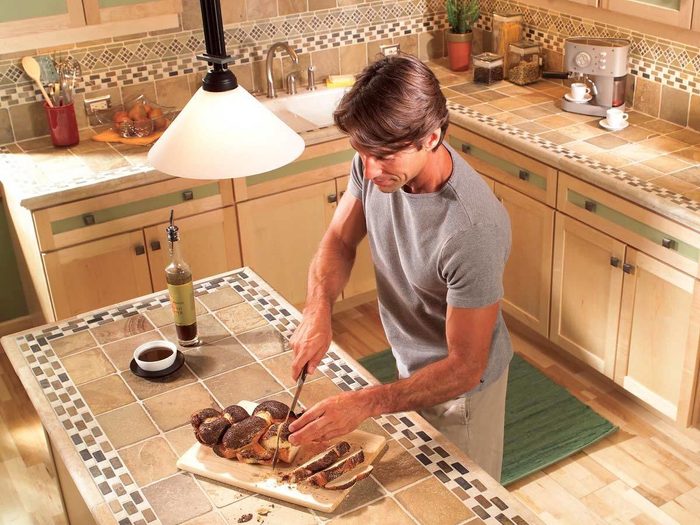
Ceramic Tile New Countertop: Pros
Ceramic tile is a strong middle-of-the-road option for new countertop options. It’s durable, comes in a vast number of colors and sizes and is affordable to purchase in bulk. And it’s also particularly friendly for a DIY project if you want to create your new counters yourself. It’s easy to switch to smaller, boutique tiles for a backsplash or more unique designs as well.
Here are 10 ways to use Bar Keepers Friend that have nothing to do with a bar.
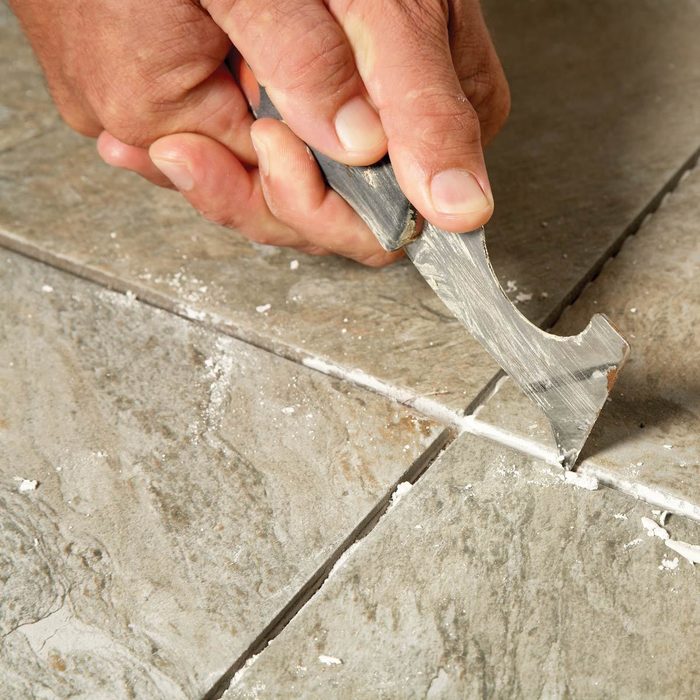
Ceramic Tile: Cons
New countertop options of ceramic tile require precise measurement and cuts. And requires some skill and patience, plus the right tools, especially for grout work. Ceramic tiles also tend to have wide grout lines that can become dirty or erode in heavy-use areas. So you’ll need to spend time on upkeep and replace grout when necessary. If you go with ceramic tile, here’s the best way to clean kitchen tile grout.
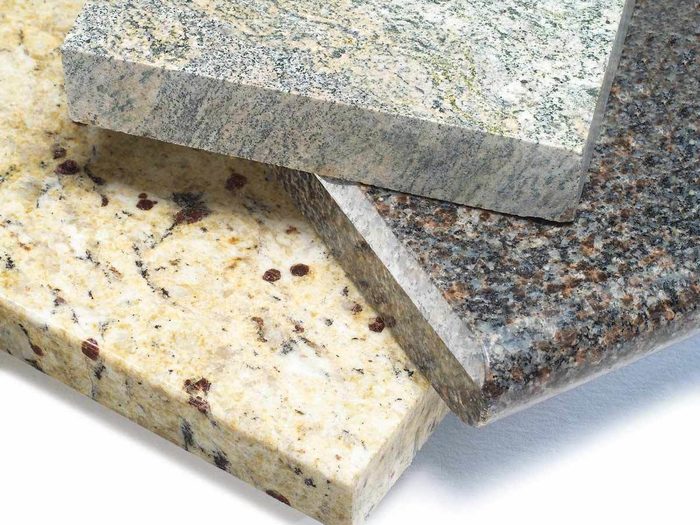
Quartz: Pros
Also called “engineered stone,” these granite-like countertops usually cost less than natural stone new countertop options. But offer a similar appearance with plenty of different colors to choose from. And it’s highly resistant to damage and thanks to the resin binding material, it doesn’t chip like real stone.
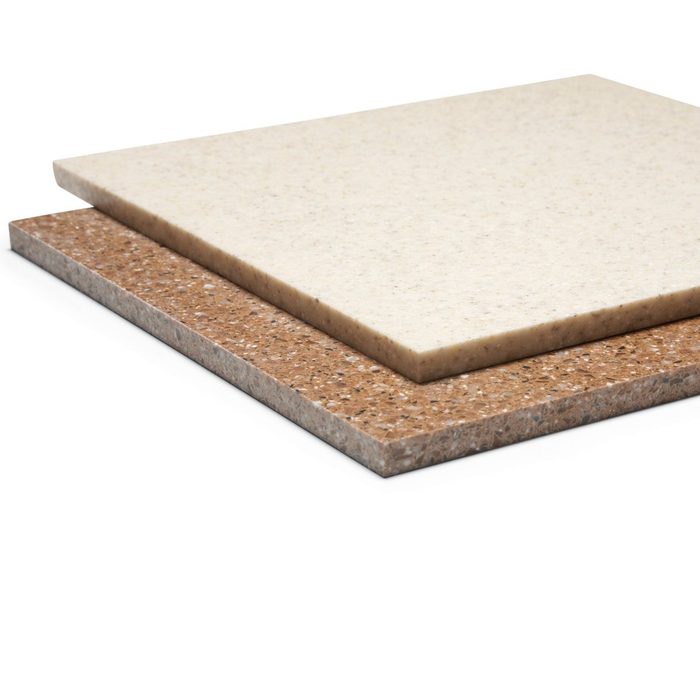
Quartz: Cons
Quartz countertops aren’t as durable as stone in some ways, especially when it comes to heat. They also tend to have a “sheen” that gives away the fact that it isn’t real stone. Long-term exposure to sunlight may also cause damage.
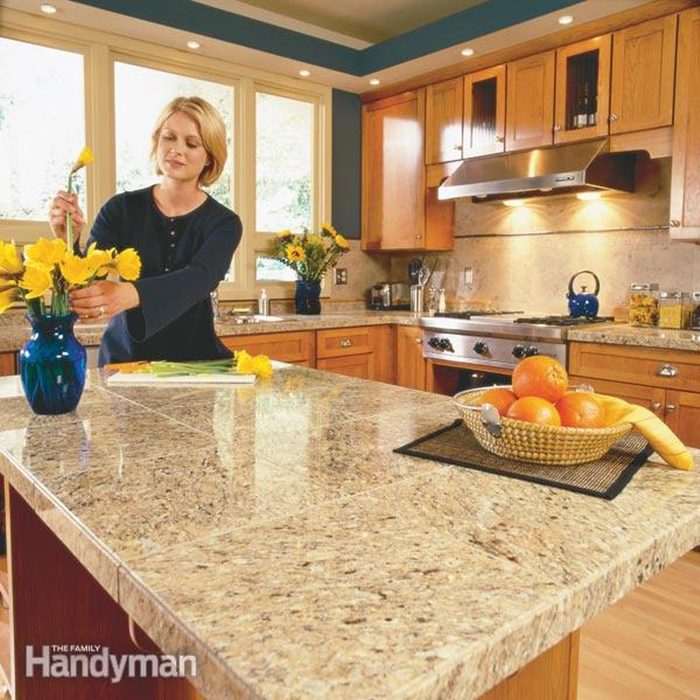
Granite Tile: Pros
Still one of the most popular countertop options, granite looks beautiful and fits nearly any kitchen style (and makes messes a little less noticeable). It can be either polished to shine or honed for a quieter appearance. And it comes in a wide variety of colors and patterns. Granite tiles tend to be large and set close to each other, making the grout lines less noticeable than with a ceramic tile new countertop.
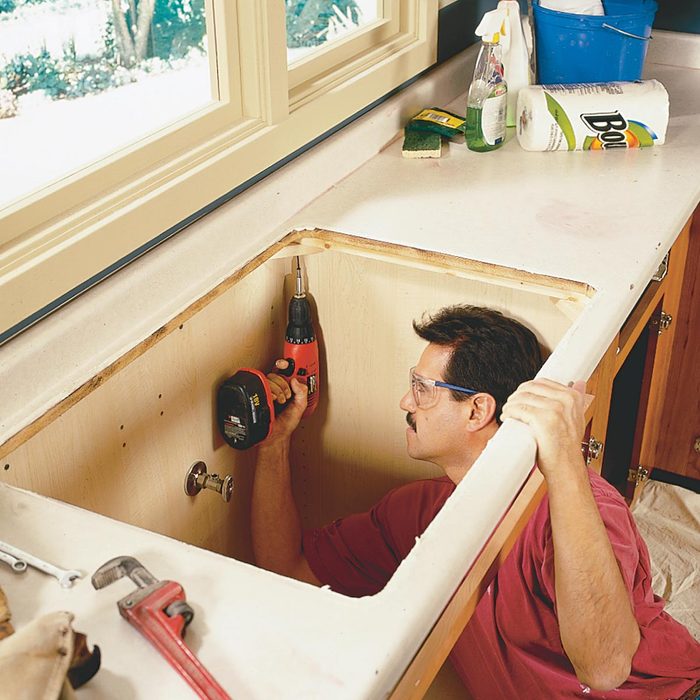
Granite Tile: Cons
Granite tiles are more difficult to install and are quite heavy. So if you’re remodeling, you may need to do significant work to prepare your new countertop if you had lightweight countertops before. Unique granite colors and patterns may cost more, so be prepared to pay. And granite is also somewhat vulnerable to acidic spills, which can seep in and stain the stone.
Did you know you can wash your granite tile with witch hazel?
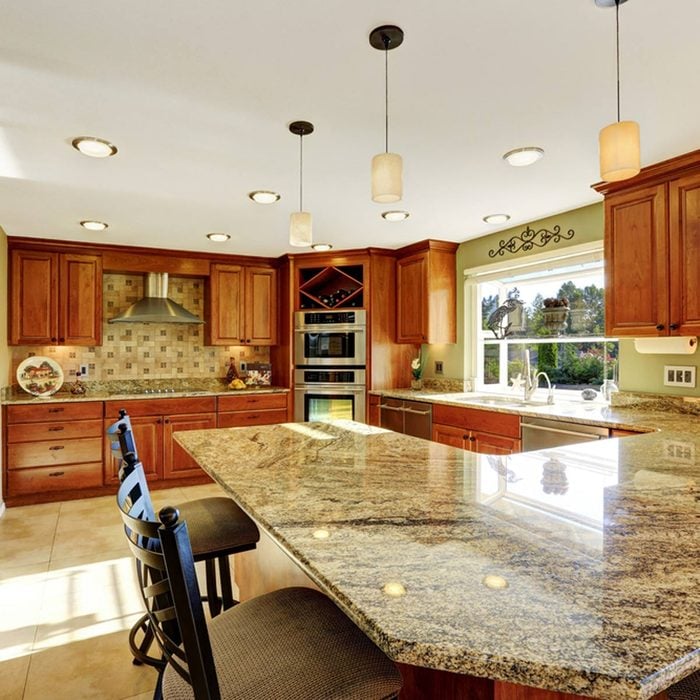
Granite Slab: Pros
Granite slabs provide one smooth, unbroken line of color and pattern. This gives the kitchen an elite appearance. Other stone slabs are also used, but granite is the most common. And it means you’ll never have to worry about grout issues on your new countertop.

Granite Slab: Cons
Granite slabs have to be custom ordered and tend to be both expensive and extremely heavy. And you probably won’t be able to install these pieces yourself, so professional installation is required. If the slabs get damaged, there is no recourse.
Be sure to avoid using a Magic Eraser on your granite slab and these other 9 surfaces.

Marble: Pros
Marble offers lighter colors than granite (although black marble is available). And beautiful veins that make for some of the most spectacular countertops around. Like granite, they are available with both tile and slab options and a number of different shades. Marble is perfect for the modern luxury kitchen new countertop.
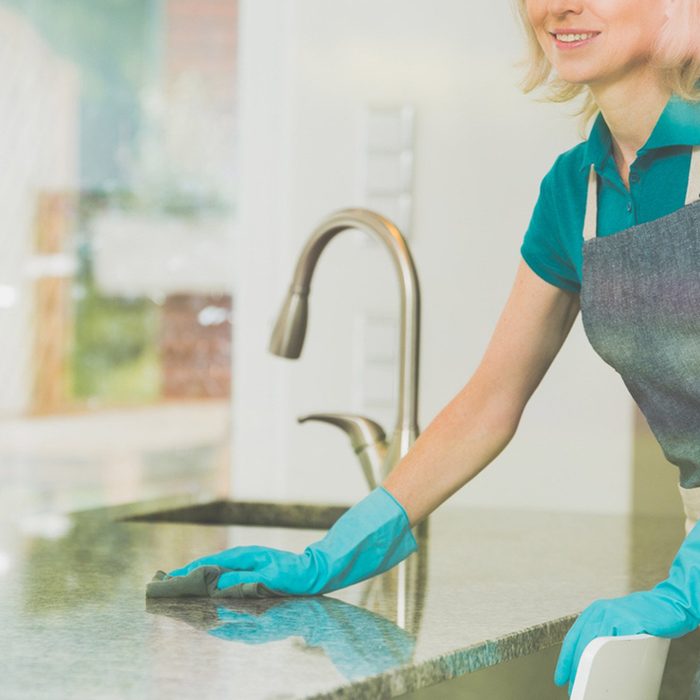
Marble: Cons
Marble is both more expensive than granite and more vulnerable. It is particularly porous and with lighter shades, can be easily stained (something that doesn’t just go away). And wine, soda, coffee and similar liquids may all permanently damage marble, making it a labor-intensive fit for the kitchen.
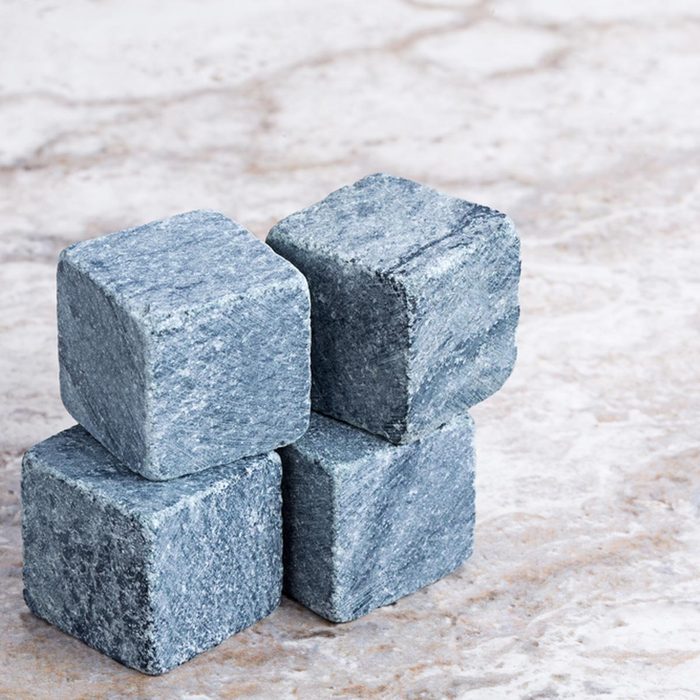
Soapstone: Pros
Soapstone is a more affordable—but still beautiful—stone material that has striking veins, and one of the more up-and-comping countertop options. It’s also naturally bacteria and stain resistant, making it an ideal fit for a new countertop in the kitchen. Soapstone has quickly grown to become an alternative to granite in the modern kitchen.
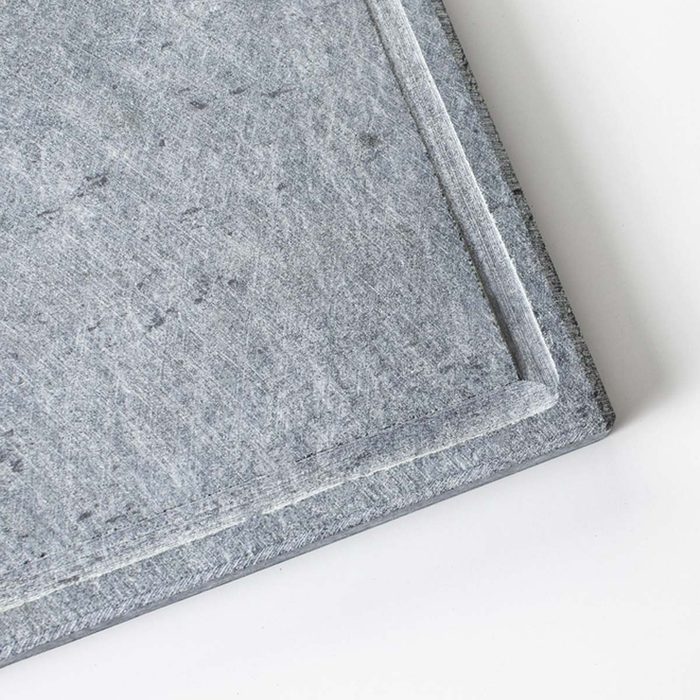
Soapstone: Cons
Soapstone comes in many shades of gray, but doesn’t offer the many varied colors of granite. It’s also somewhat true to its name—soapstone is easier to scratch or gouge and requires upkeep to take care of any minor flaws.
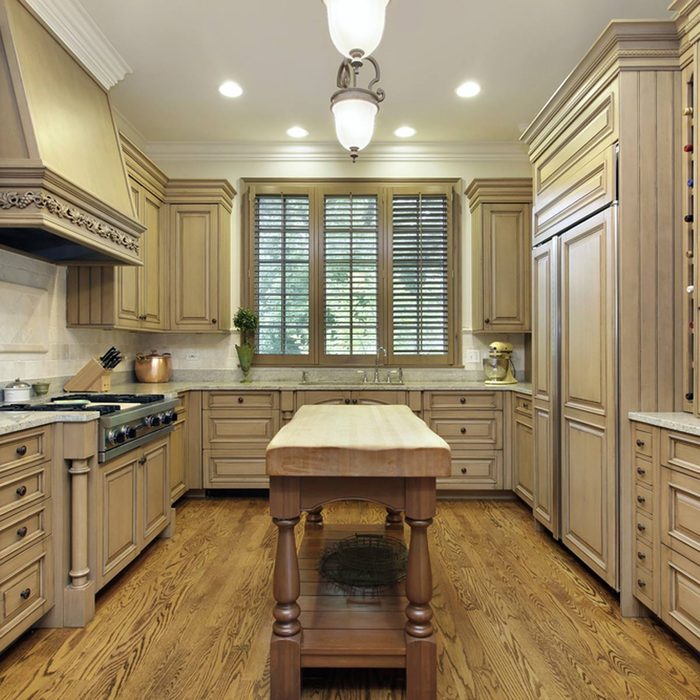
Butcher Block: Pros
Wood countertops may seem like an odd choice but butcher blocks remain one of the most popular countertop options for the kitchen. They are sturdy, affordable, utilitarian (some versions can be used as literal cutting boards). And make a great choice for more industrial-style or cottage kitchens. You can also choose to replace just a section of counter with a new countertop made of butcher block.

Butcher Block: Cons
Wood countertops are high maintenance. You need to maintain sealing to prevent water damage and even minor accidents can cause scratches or dings in the surface. Eventually, your new countertop will get a worn appearance, so be prepared. Take a look at these 5 things you need to know before buying a butcher block countertop.
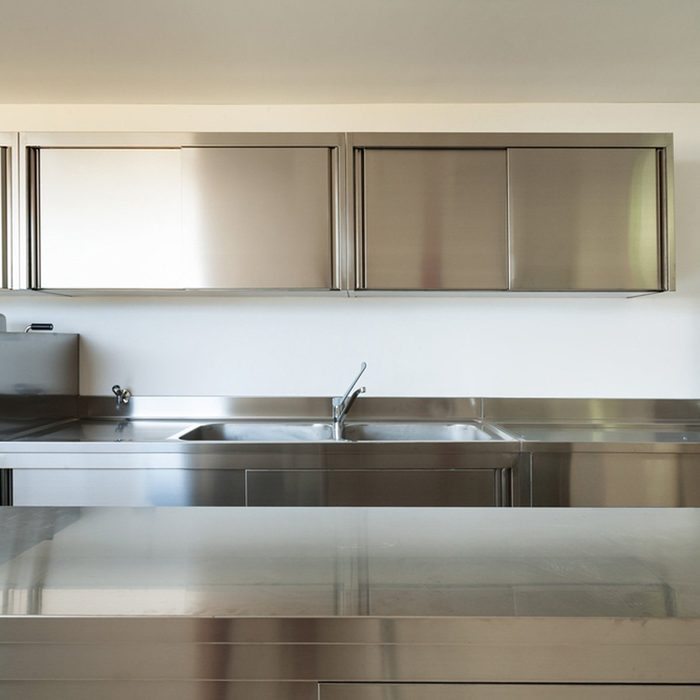
Stainless Steel: Pros
Ideal for modern or industrial style kitchens, stainless goes well with steel appliances and looks great with wood, too. And there are a number of surface styles to choose from, including gleaming and brushed. A stainless steel new countertop is also quick to clean and won’t allow stains to go unnoticed, making it a common choice for pros.
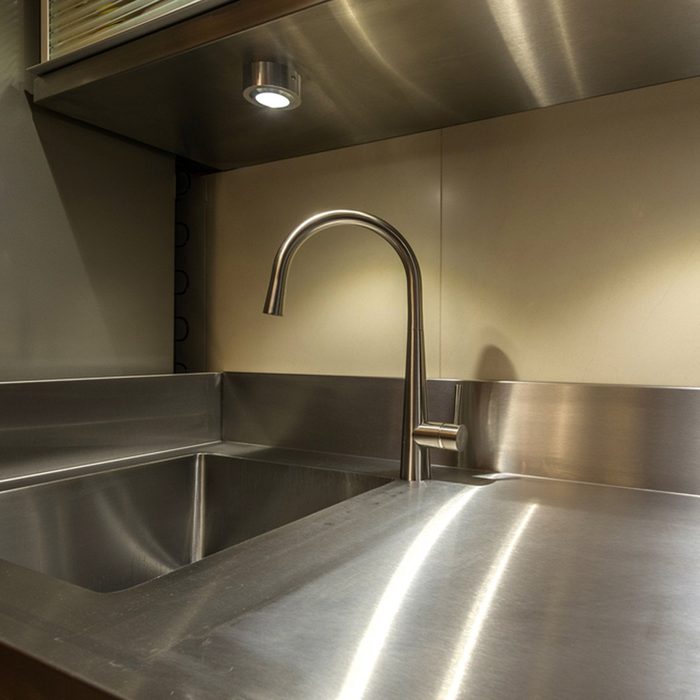
Stainless Steel: Cons
Stainless steel is a useful material, but it’s expensive to purchase and install in full countertops (one of the most expensive materials on this list). And it has the same disadvantages as other stainless steel in the kitchen. It’s tough to keep fingerprints from showing and may scratch or warp over time.
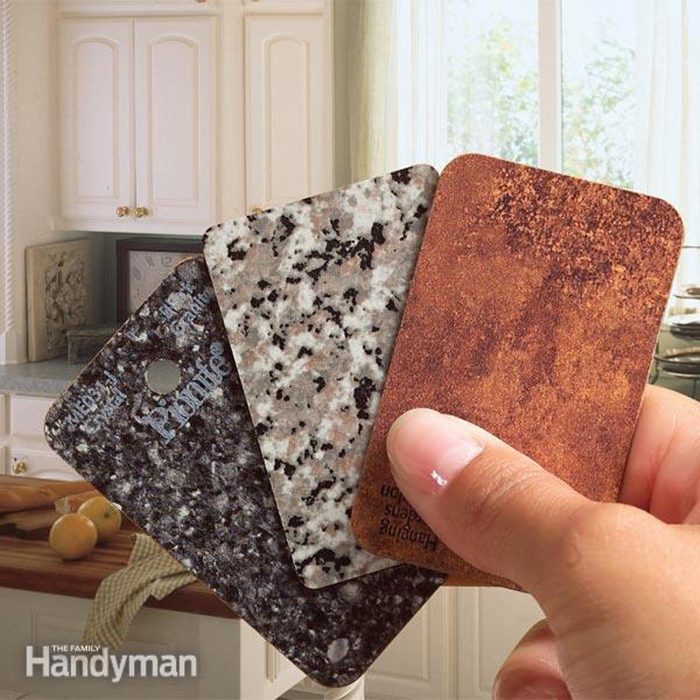
Laminate: Pros
A plastic laminate new countertop is affordable and comes in any color or style you could want. Also, it is simple to install, making this countertop project particularly easy. Laminate is also simple to clean and can, to a certain extent, mimic other materials.
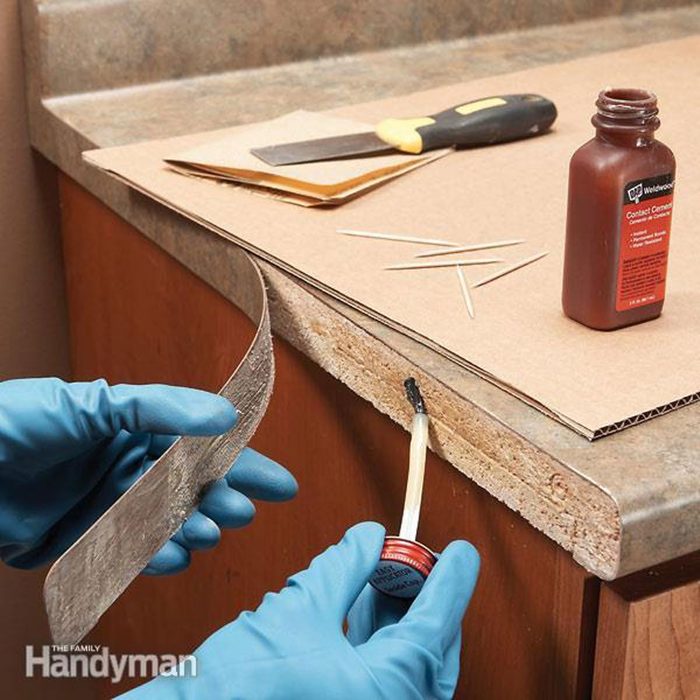
Laminate: Cons
A laminate countertop struggles with durability. And they can be easily scratched and cannot withstand heat, so you need to take care with how you use them. They also have a shorter lifespan than other materials and will eventually start peeling away.
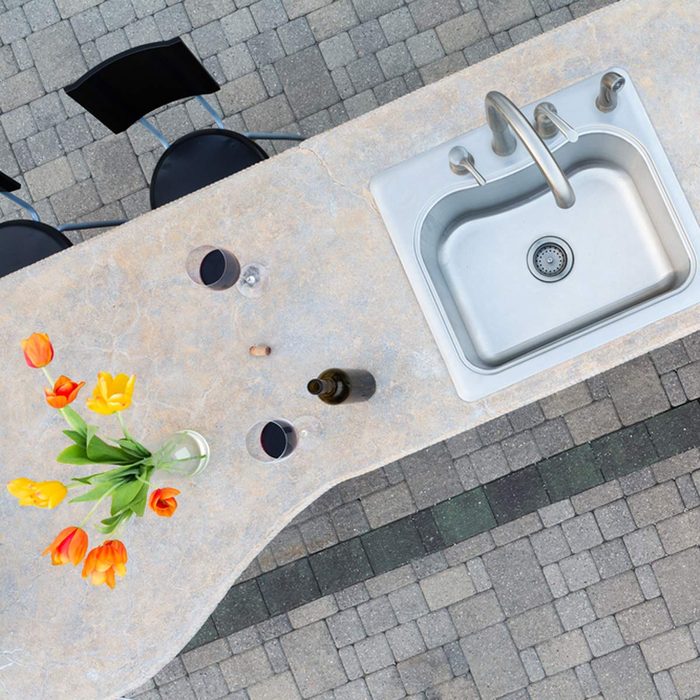
Concrete: Pros
Concrete countertops effectively mimic natural stone. But it tends to be less expensive than materials like marble. And it’s more durable, with high-quality options resisting chips or stains. Because they are manufactured, it’s easy to find a color, pattern and texture you like.
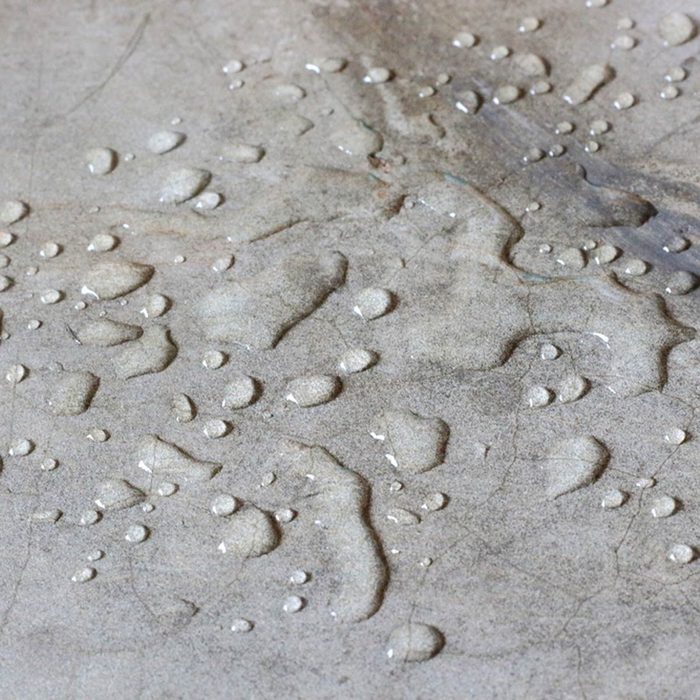
Concrete: Cons
Concrete will need to be regularly sealed to keep up its protective qualities, so maintenance is important. And this new countertop also doesn’t have the long-term durability of natural stone. Stone tends to have more advantages unless homeowners are looking for a specific color/style or really want a more affordable slab countertop.
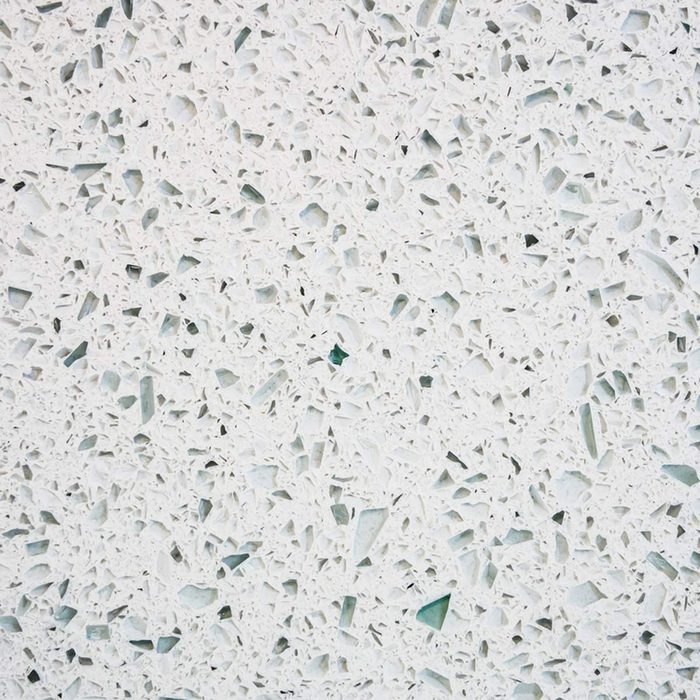
Recycled Glass: Pros
Similar to quartz, this new countertop is instead made of recycled materials, notably glass. And it provides a unique look, like a collection of chipped stones and is both highly durable and easy to clean. These counters tend to have a lot of character!
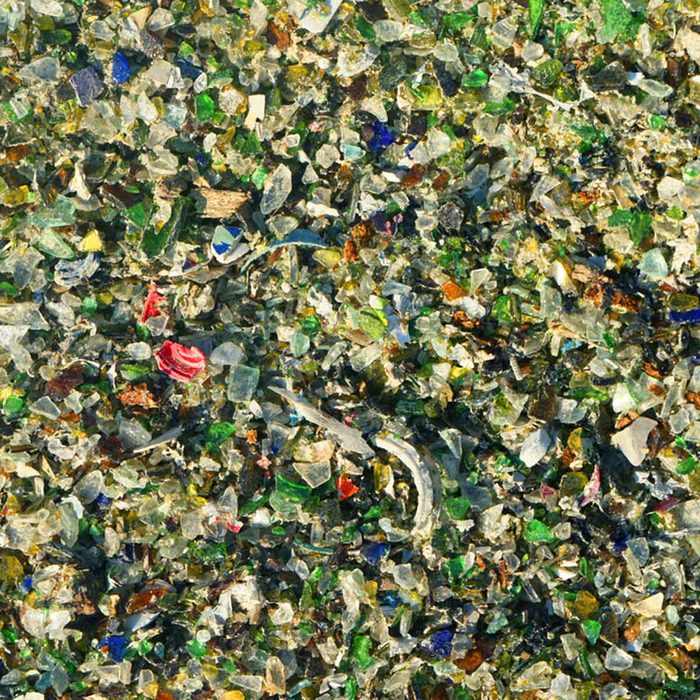
Recycled Glass: Cons
The look of recycled glass isn’t for everyone and lighter shades may show damage or stains more readily. They typically require professional installation and can crack if put under too much stress. And with all the adhesive binder used to create them, they aren’t exactly an environmentally friendly option. A reclaimed wood or bamboo countertop would be a better option for the eco-conscious.
Next, read about 12 kitchen design ideas that make cooking easier.